Spectral Particle Methods
2018 SPHeric meeting
Galway, IE
CEHINAV, UPM, Spain
daniel.duque@upm.es
Why Fourier
$$\frac{d \mathbf{u}}{d t} =- \nabla p + \nu \nabla^2 \mathbf{u} + \mathbf{g}$$ Pressure: $$\nabla\cdot\mathbf{u}=0$$$$\frac{d \mathbf{u}_\mathbf{q}}{d t} =- i \mathbf{q} p_\mathbf{q} -\nu q^2 \mathbf{u}_\mathbf{q} +\mathbf{g}_\mathbf{q}$$ $$\mathbf{q} \cdot \mathbf{u}_\mathbf{q} = 0$$
... but, of course
$d \mathbf{u}/d t$ is a total derivative (hence, use particles)$\mathbf{u}_\mathbf{q}$ should be computed on a mesh (hence, use a mesh)
A compromise: use both, Particle-in-Cell style (also, pFEM v2.0)
Procedure: onto mesh and back
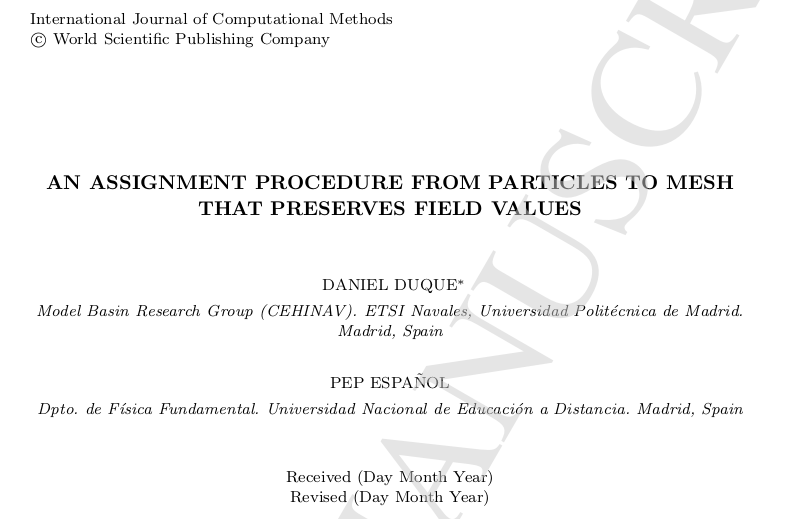
doi: 10.1142/S021987621850130X
Procedure: onto mesh and back
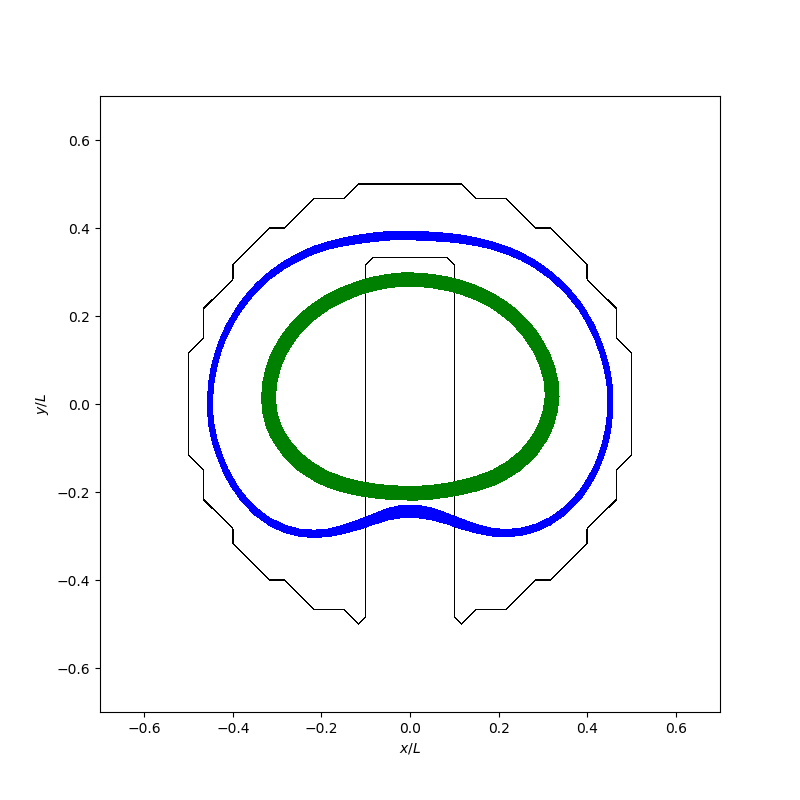
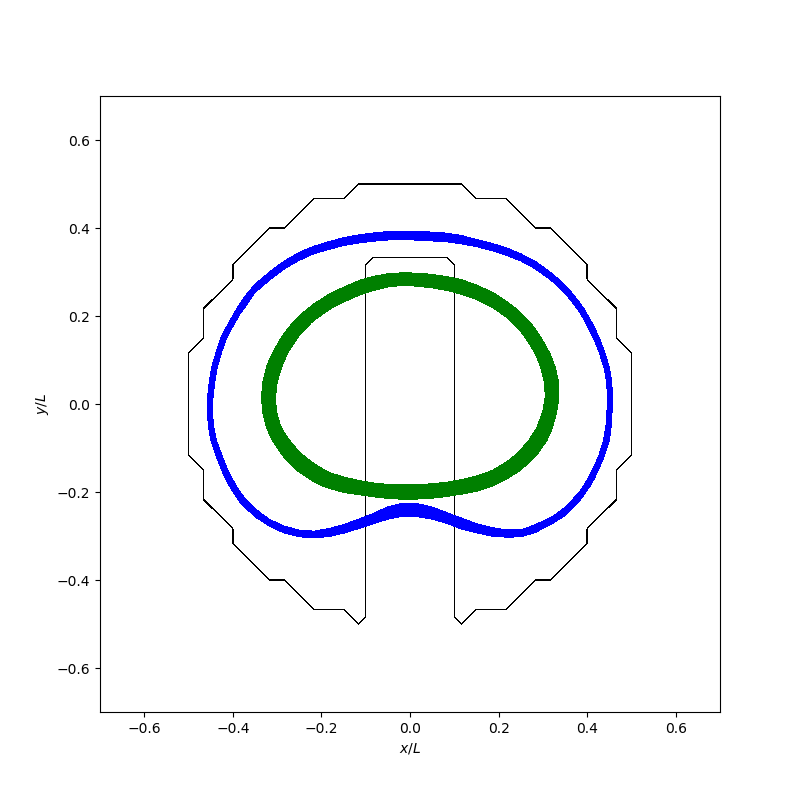
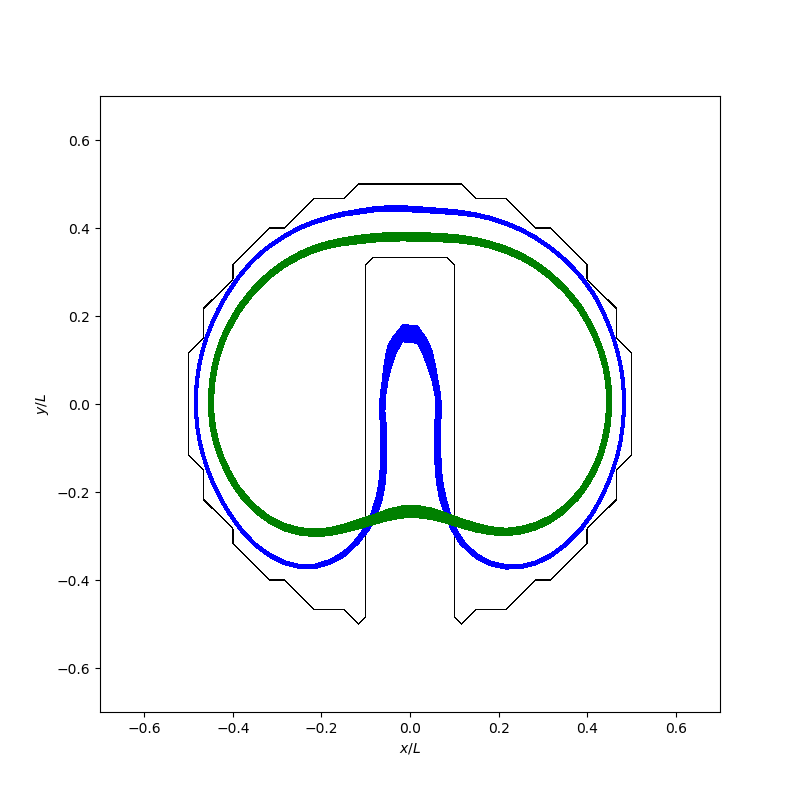
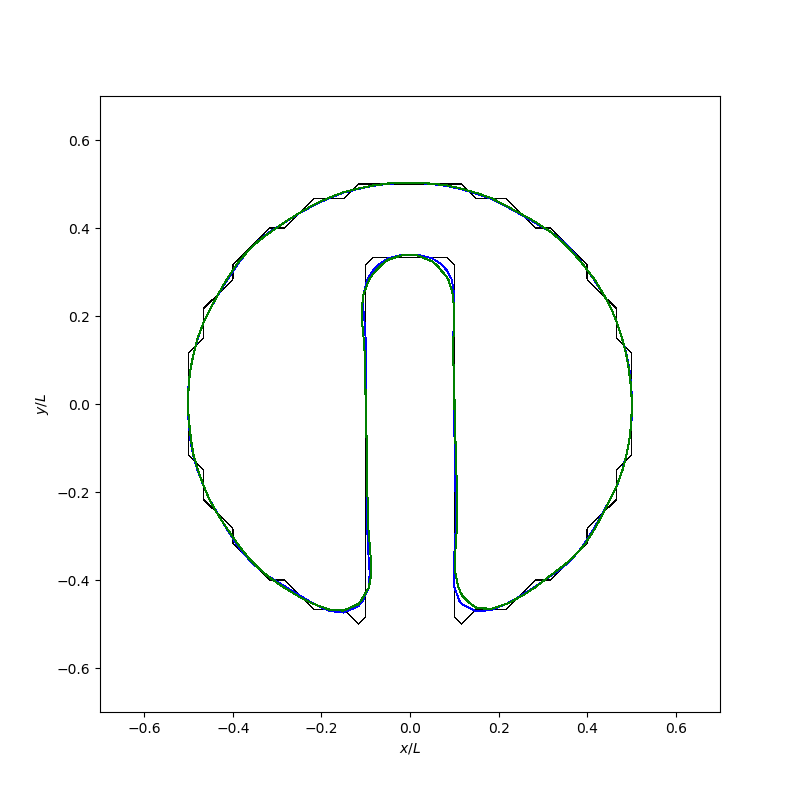
Quick check: TG vortices
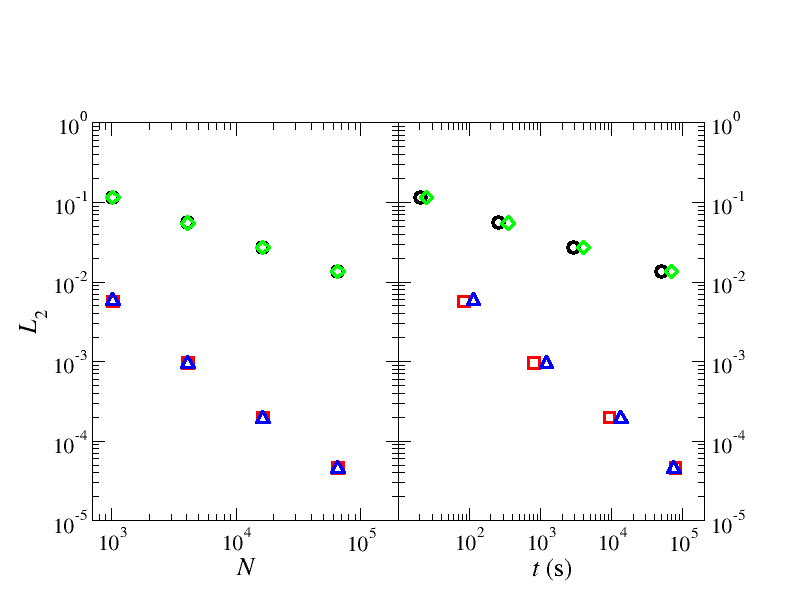
TG vortices go turbulent
Kolmogorov force
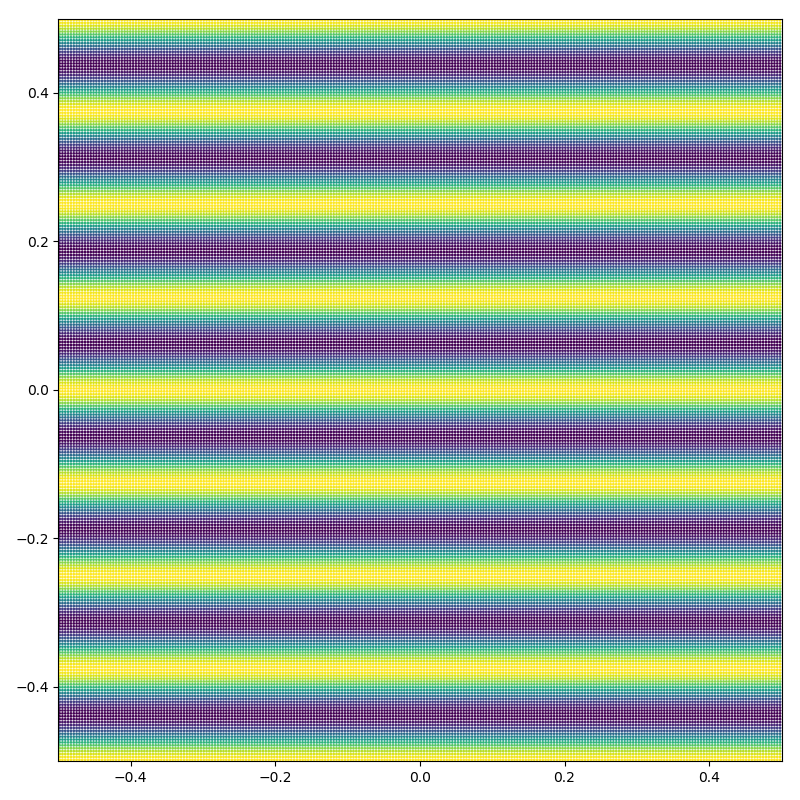
Kolmogorov force

Onset of 2D turbulence
Original idea: P. Branson et al. CC BY-NC 4.0
Onset of 2D turbulence
Original idea: P. Branson et al. CC BY-NC 4.0. Ending: J.L. Cercos-Pita
2D turbulence: velocity

2D turbulence: acceleration
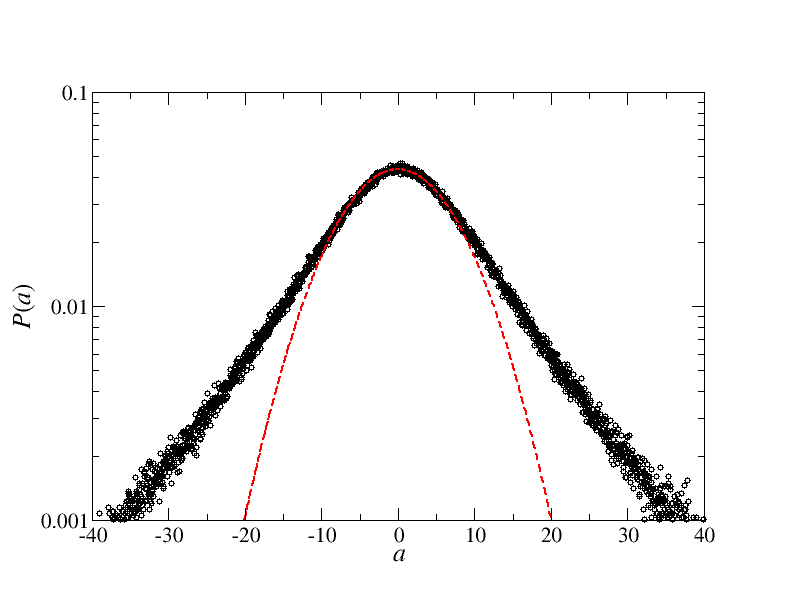
2D turbulence: power spectrum

Membranes: 2D fluids
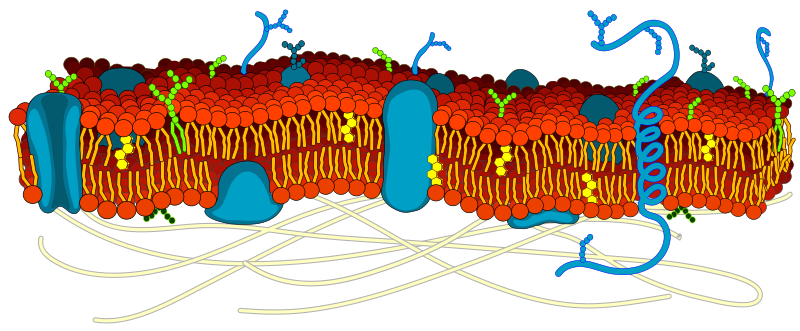
Landau double-well
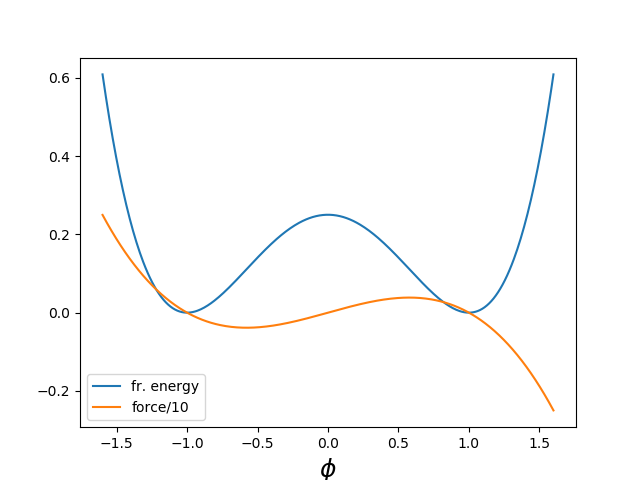
Equilibrium profile: $\mu=0$

Membrane segregation
If interested

Thanks!

github.com/emojione/emojione CC BY-SA 4.0,